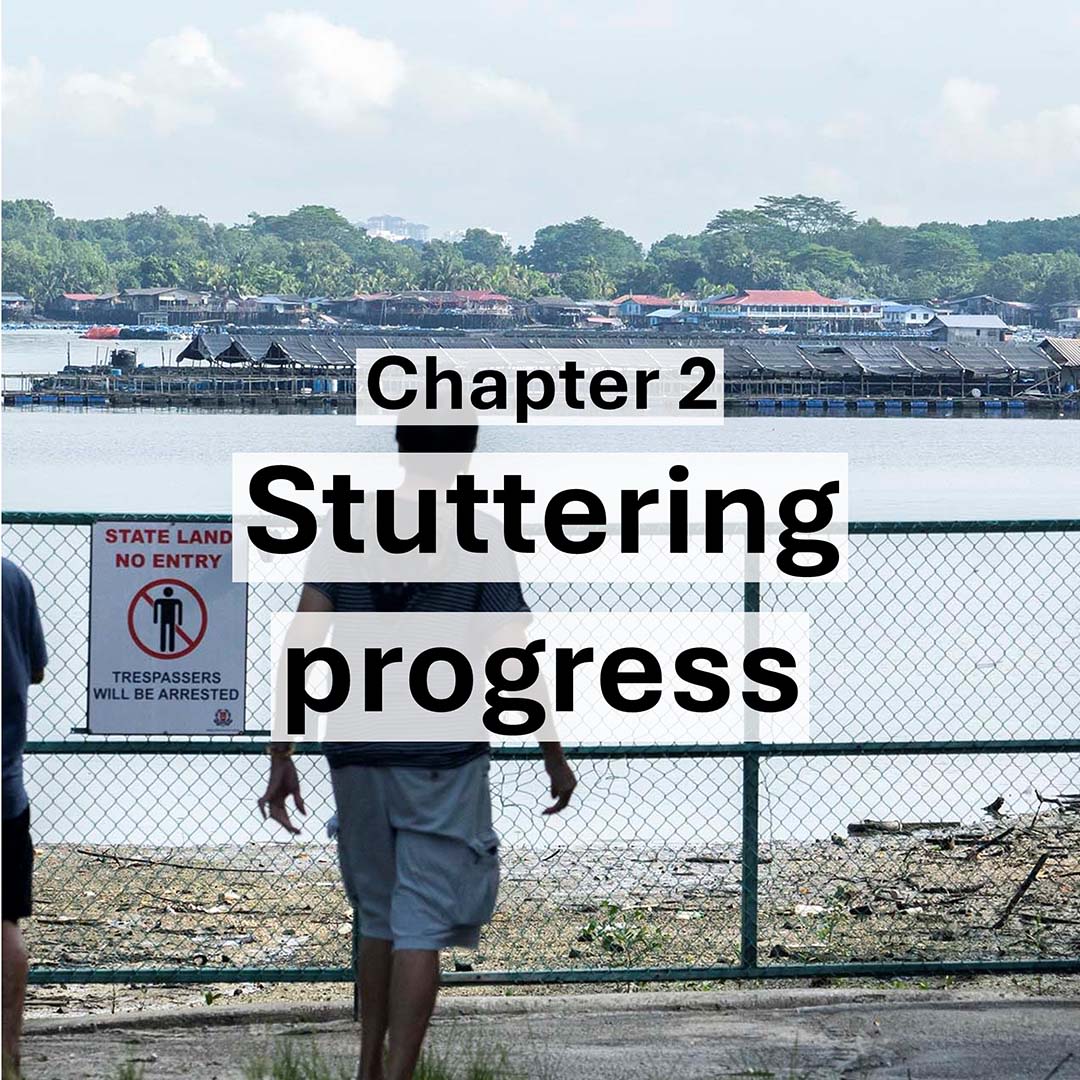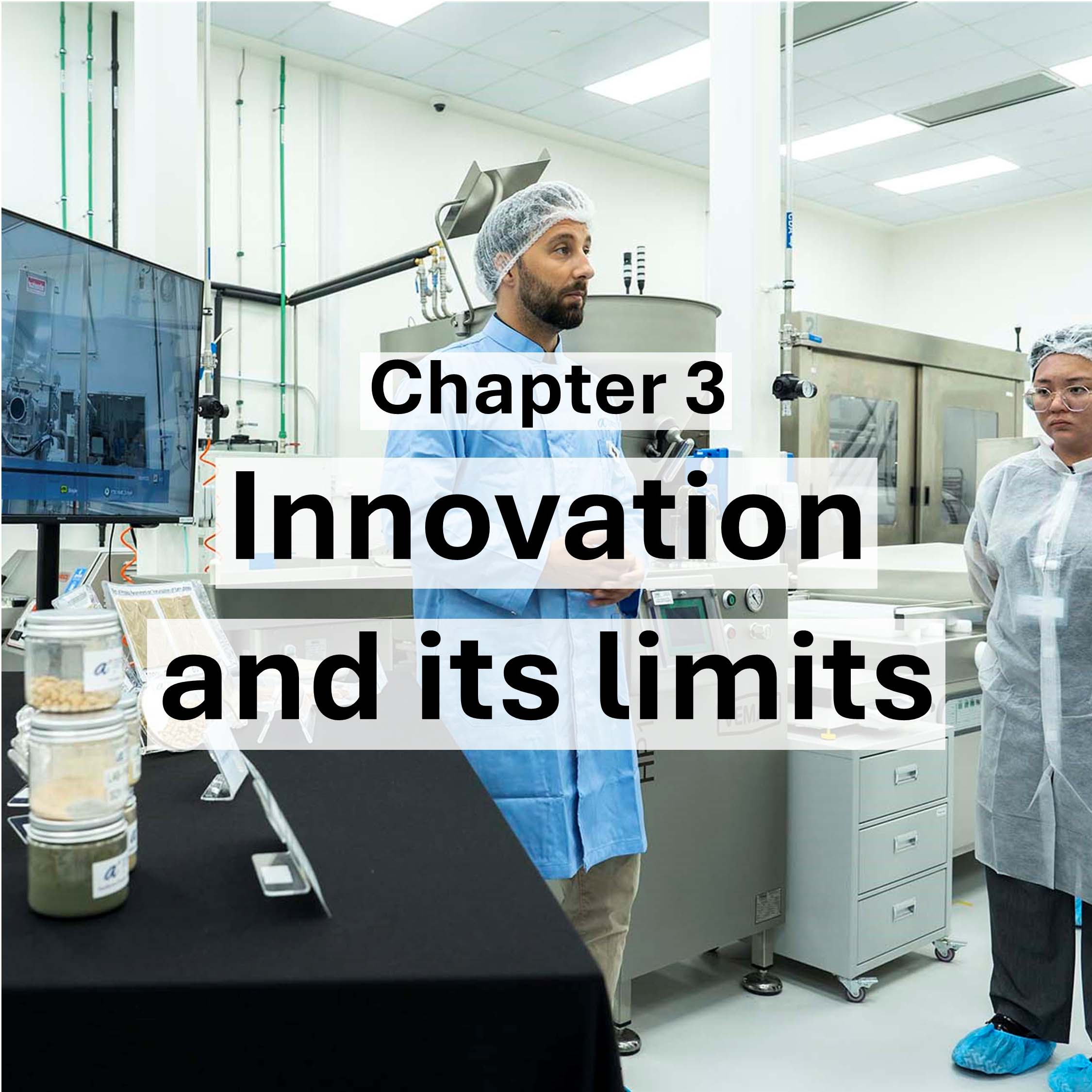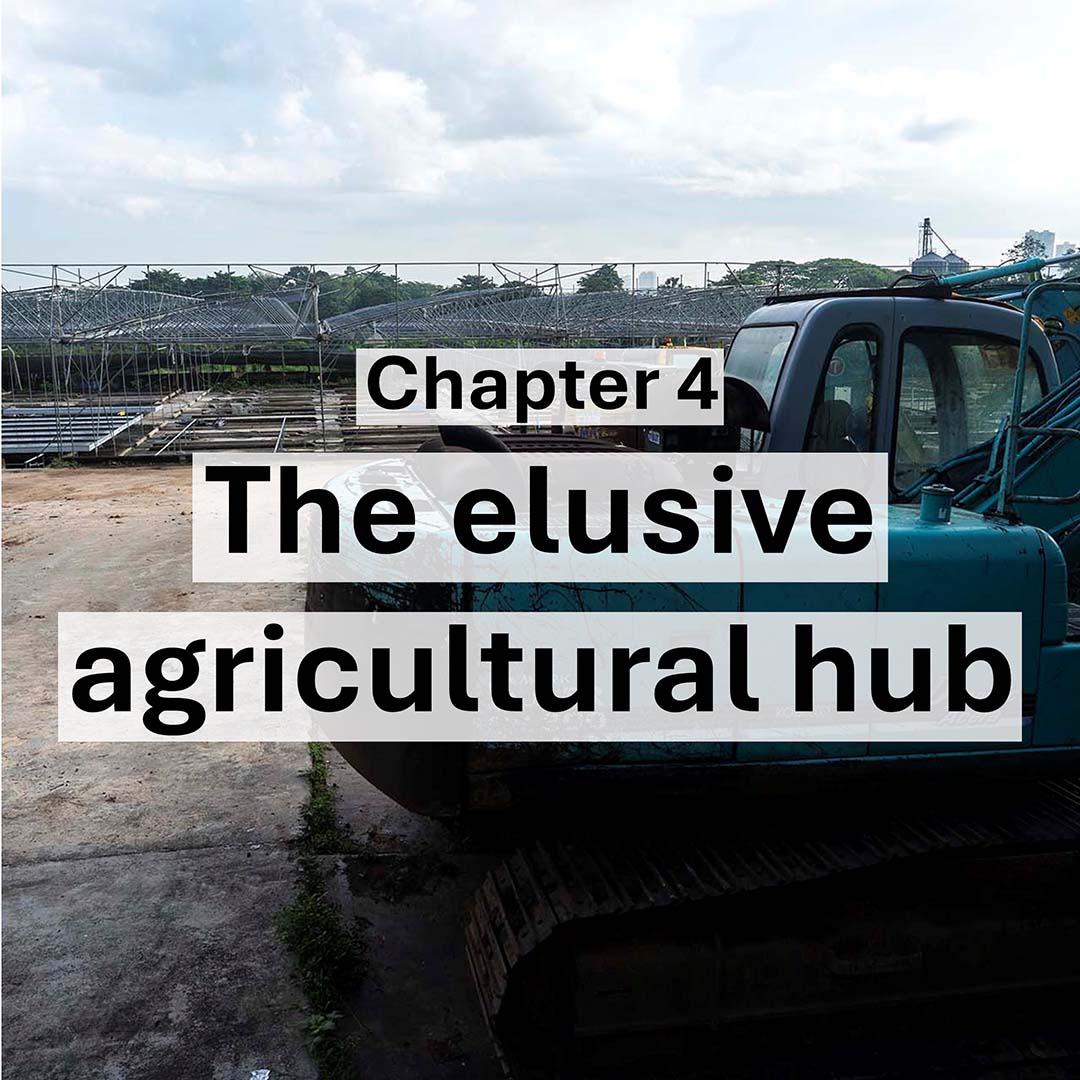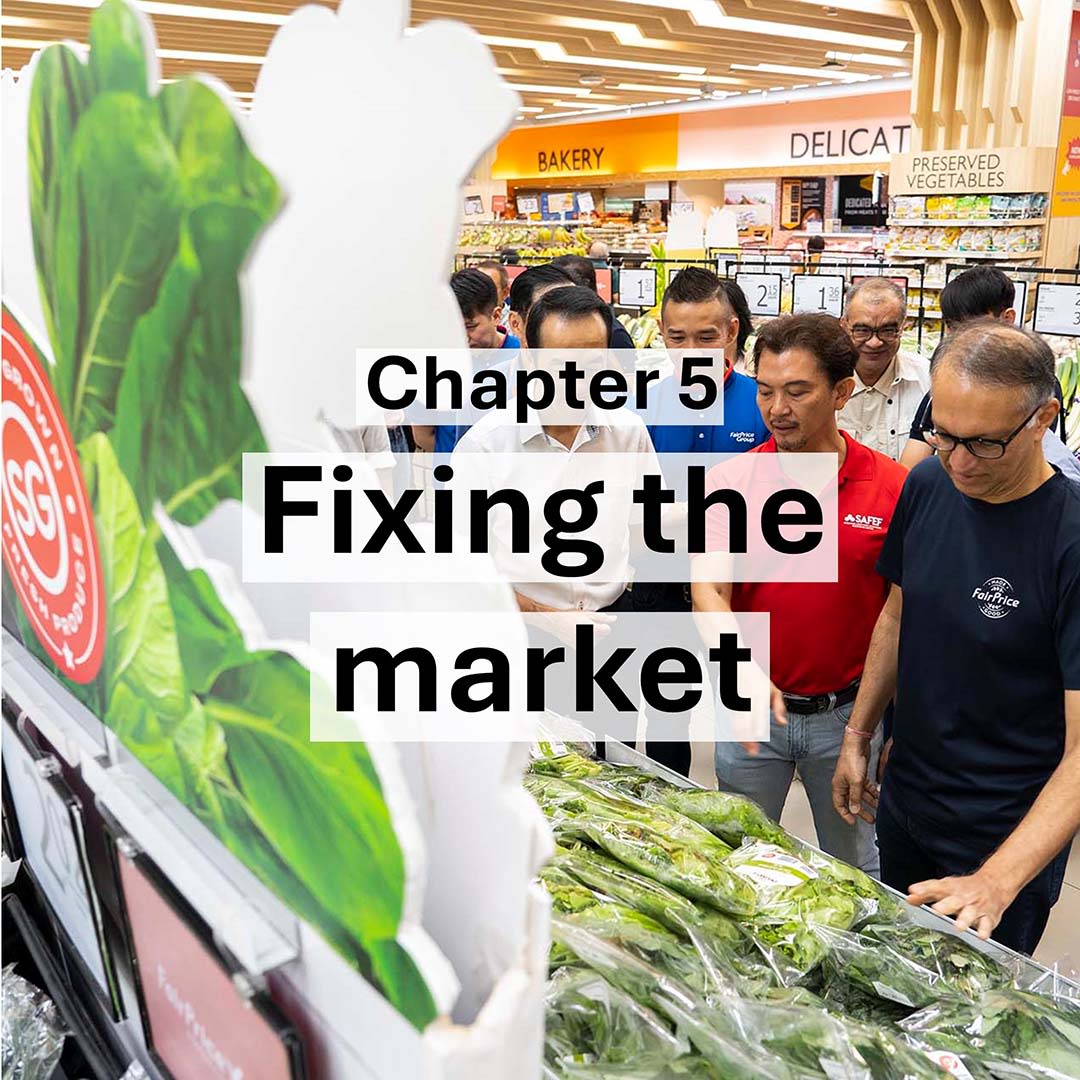Where to, now?
Beyond “30 by 30”: Can Singapore build a culture that values native produce?
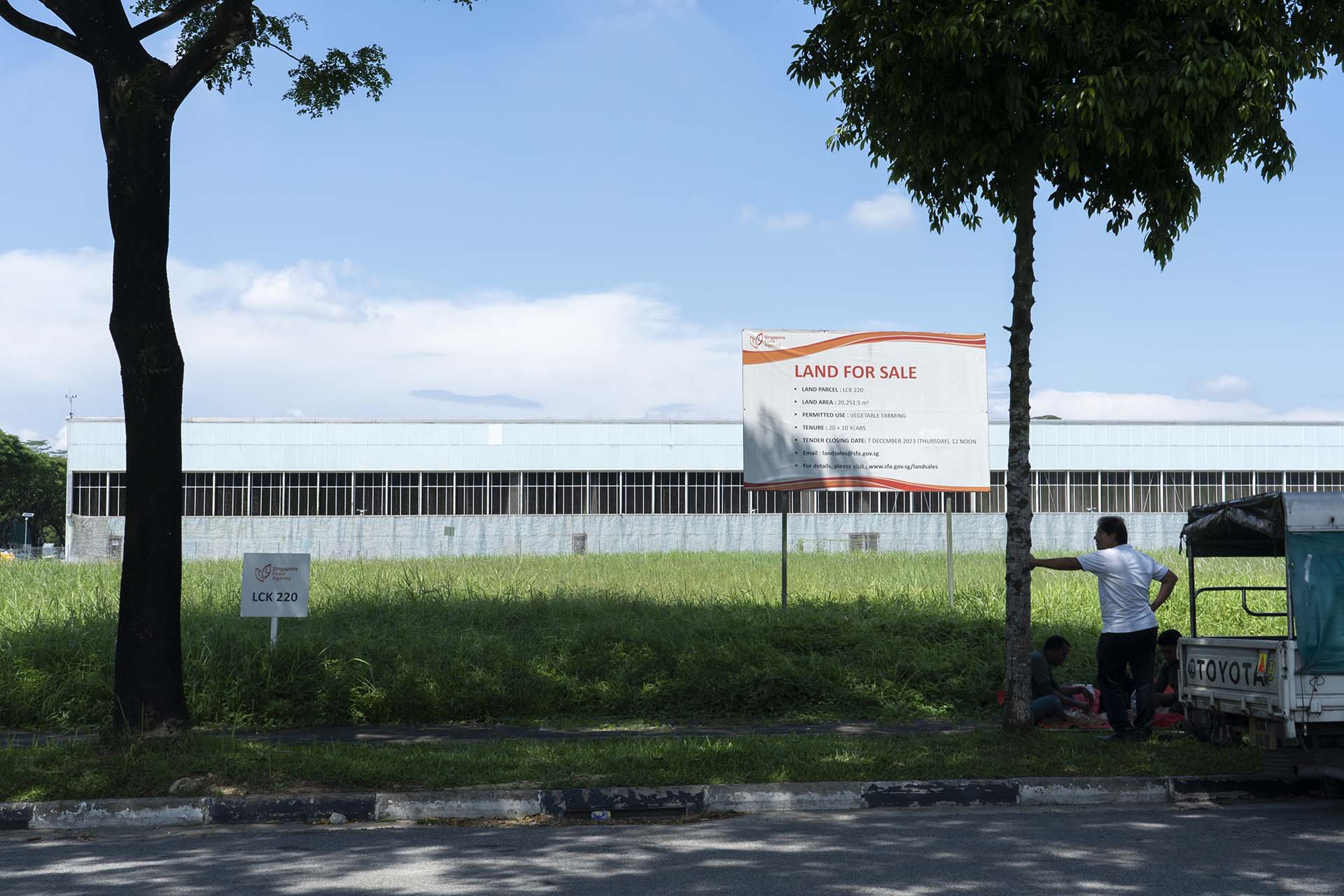
Home | 2 | 3 | 4 | 5 | Chapter 6
There is room for optimism that Singapore's food production targets can start rising soon. Power prices are finally falling back towards pre-pandemic levels – reducing the financial burden on high-tech farms. New land and sea plot tenders have begun in earnest, with two marine lots opened up in January and four vegetable lots awarded in April. More transactions are expected to come.
Singapore Food Agency has said it is looking to improve infrastructure for fish farmers, and remains committed to the “30 by 30” vision. Last month, agritech accelerator platform Nurasa opened a new food-tech centre providing SFA food grade facilities in a bid to bring local alt-protein startups closer to commercialisation.
But there is still lingering concern among farmers over how much the government can help them address cost and market issues.
“I think we are way past the point of asking if the government is going to help us push our products,” said Ah Hua Kelong's Wong Jing Kai. He is currently looking to rebrand his fish farm business to appeal to more consumers.
“I’m seeing the government trying to educate people in school right now, but they are five years too late. They should have done that when they launched the ‘30 by 30’ goal. You can’t do it midway,” he said.
There is high expectation on what SFA’s new chief executive, Damien Chan, would bring to the table after stepping into the role this month.
To many entrepreneurs overseas, Singapore’s production constraints still presents an enticing challenge, especially with the city-state’s talent pool and connectivity to other large markets in Asia. The city-state has agri-tech ties with countries such as Israel, Netherlands and the United Kingdom, which eases foreign start-ups’ move into the island.
On a paid press trip to the Netherlands last month, Singapore journalists visited a floating dairy farm berthed just upstream of the port of Rotterdam. Thirty cows produce up to 600 litres of milk, some of which are made into yoghurt and cheese. Manure is converted into fertiliser for vertical farms in its basement layer.
Founder Minke van Wingerden, 62, said she and her partner are looking to replicate such farms overseas, including in the United States and Asia. There had been talks with authorities here, though nothing has been firmed up.
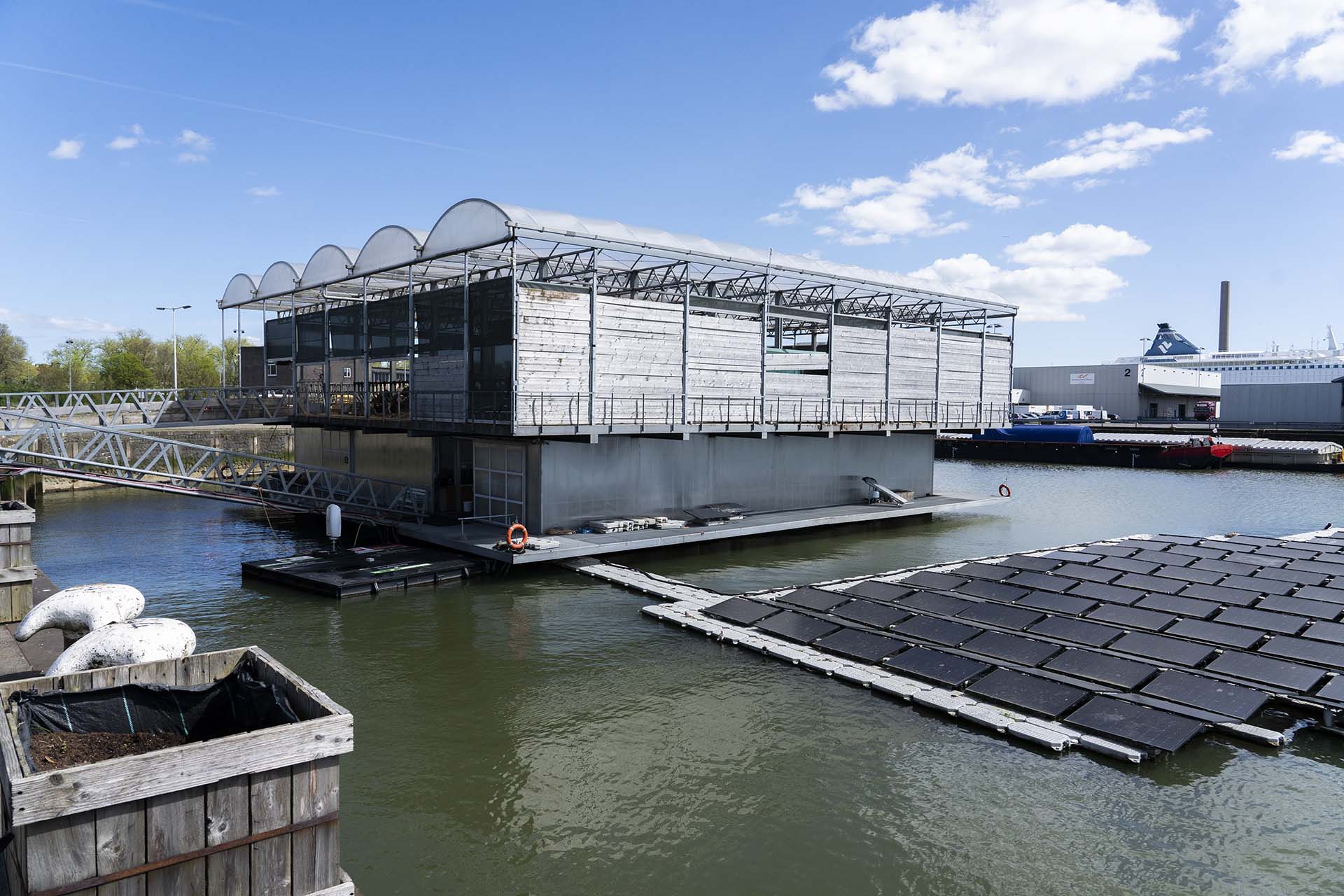
A floating dairy farm is anchored just upstream of Rotterdam's busy port
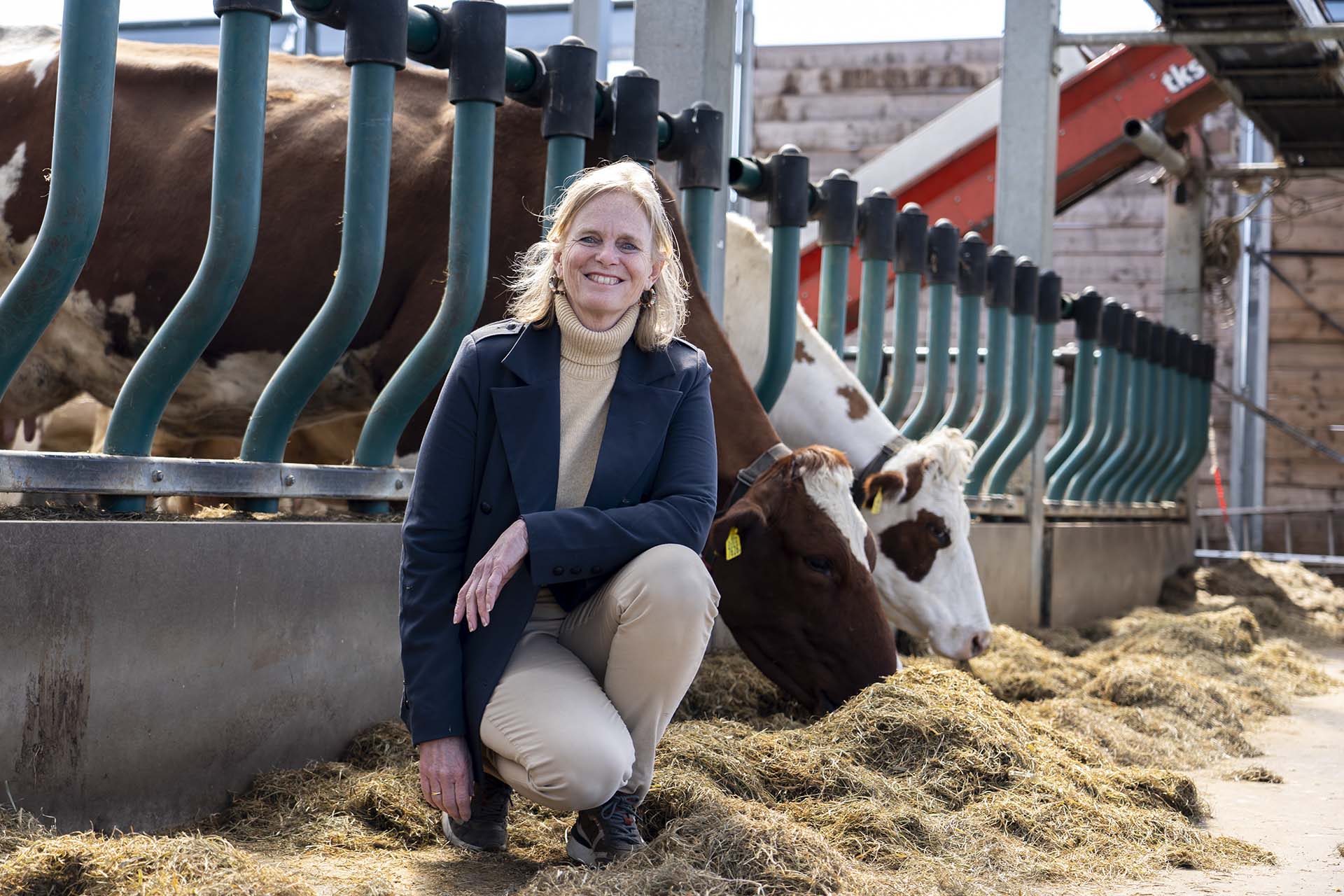
Minke van Wingerden, 62, from the Netherlands, wants to build more of such farms overseas, including in Singapore.
Some believe that an over-fixation on “30 by 30” as a firm target misses the point for the need to build a thriving food culture that values native produce.
“Whether the 2030 goal becomes 2040 or 2050, it is not as critical to me, that is only a number. What is critical is people accepting local produce and believing in buying local,” said Gardenasia’s Eng.
Ivan Brehm, chef and owner of Singapore-based Michelin-stared restaurant Nouri, believes that at a deeper level, whether there is a demand for natively grown produce depends on people's connection with their own culinary traditions, culture and history. This translates to what we end up seeing on supermarket shelves.
“Currently, I think most of our relationship with food – especially when you’re talking about something outside of nutrition – is in social capital,” he said. “If a culture is directly associated with your relationship with money and status, then that’s exactly what you’re going to find in your supermarkets, like those super expensive strawberries from Japan.”
“We haven’t yet adapted our food history and culture to the actual culture that’s moving around us at this very moment,” said Brehm, who has lived in Singapore for over a decade.
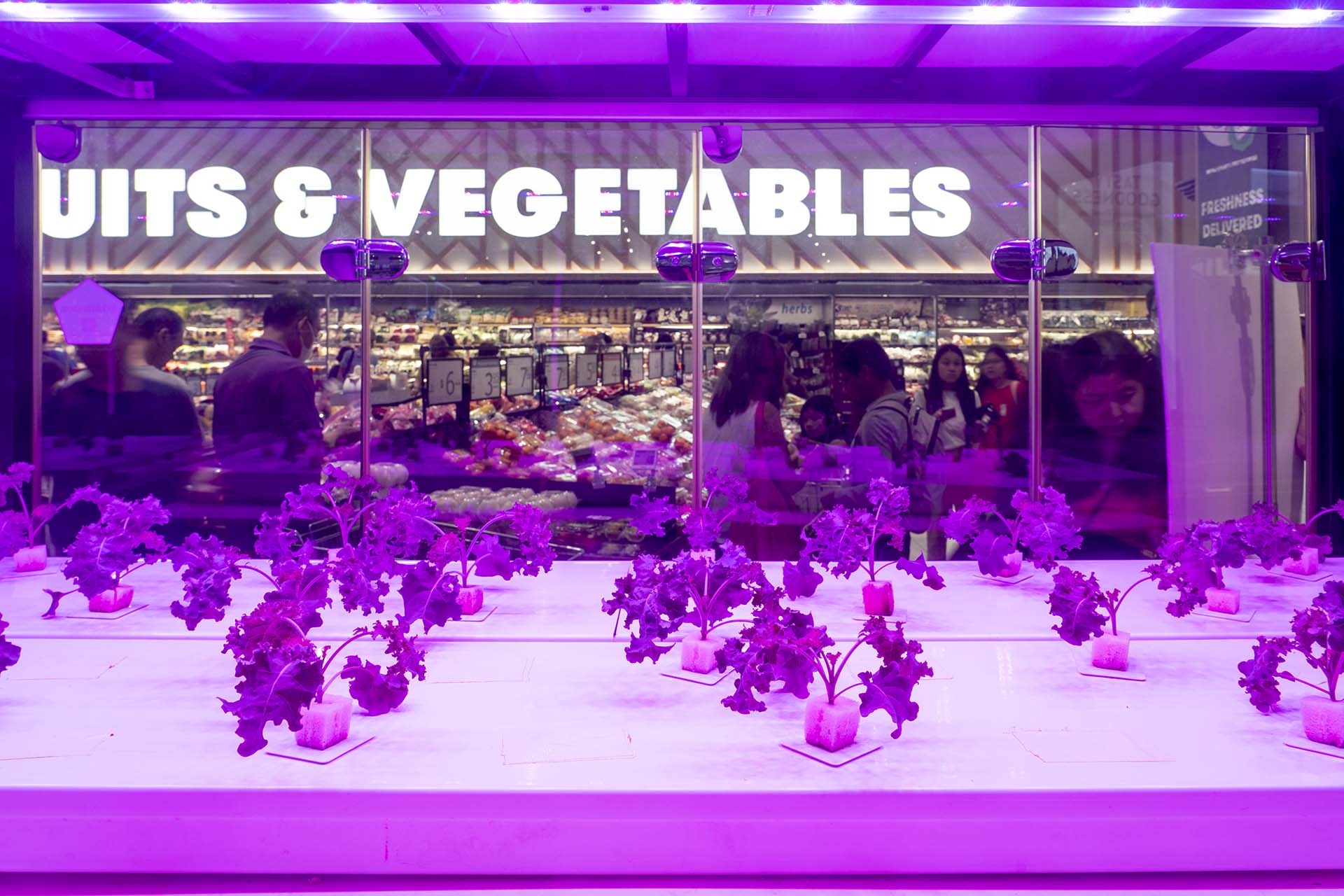
Kale growing indoors at a downtown Fairprice outlet.
Kale growing indoors at a downtown Fairprice outlet.
For Ken Cheong, chief executive of Singapore Agro-Food Enterprises Federation (SAFEF), the former “30” in the current target is a non-negotiable for food resilience.
“Even if we don’t achieve the 30 per cent by 2030, we cannot give up. Maybe it will take till 2035, but the 30 per cent is still very important,” he said.
Farmers are stressed, but there are still entrepreneurs keen on giving the sector a shot, Cheong said.
“I think there is some romantic notion of being a farmer. You need to have that sense of purpose. You also need a healthy dose of reality,” he added.
Read more in-depth special reports from Eco-Business here. Show your support for our work by becoming an EB Circle member.

